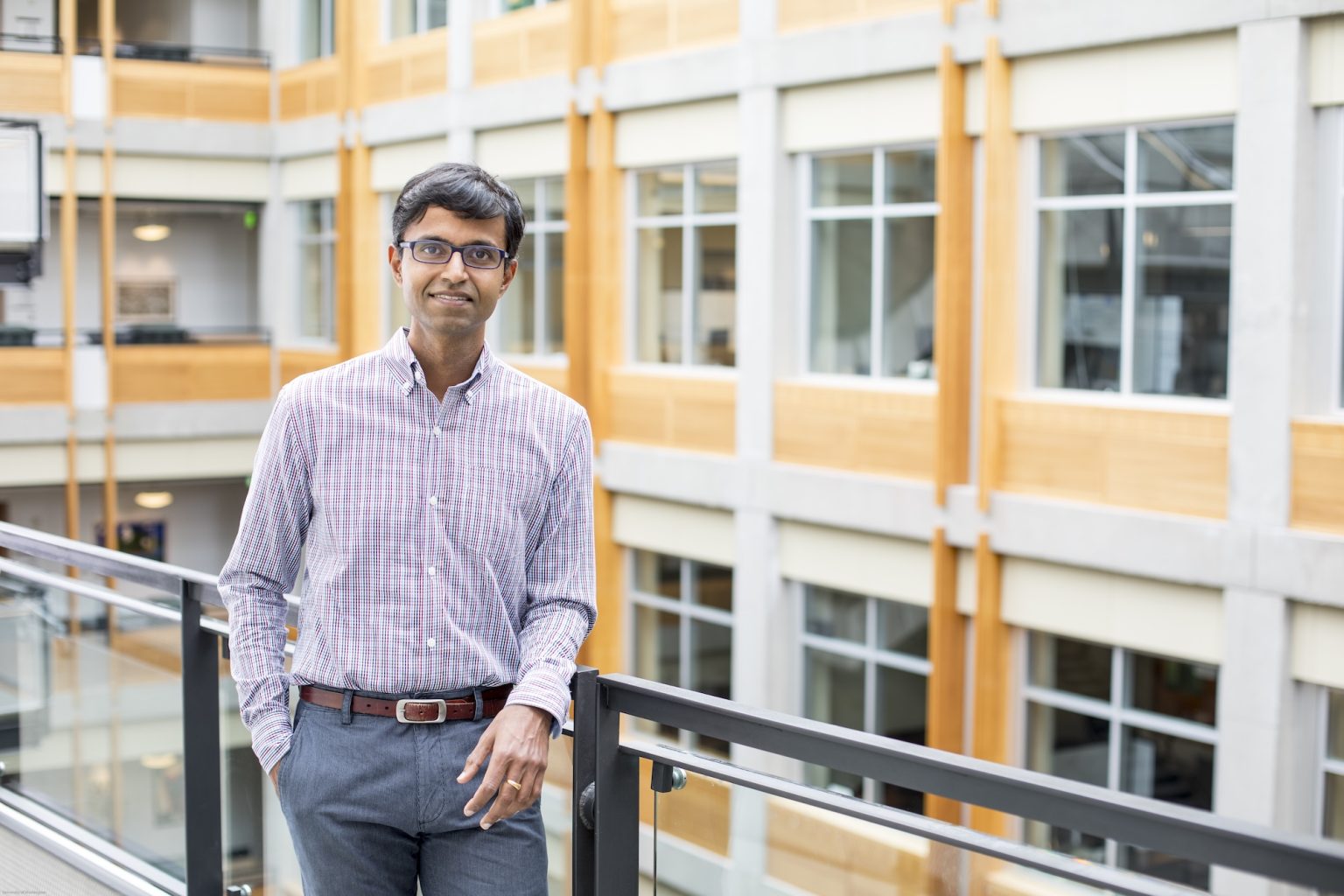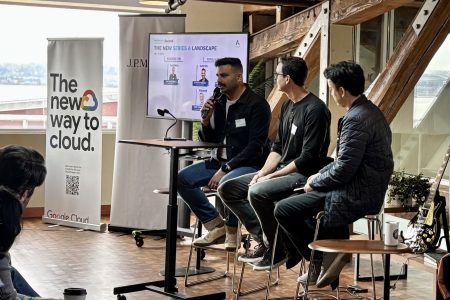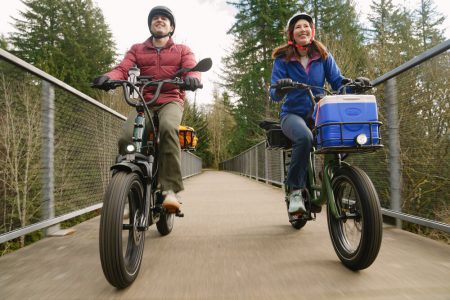The Journey of Siddhartha Srinivasa: Bridging Robotics Research and Real-World Innovation
Siddhartha “Sidd” Srinivasa has built an impressive career straddling the worlds of academic research and practical robotics deployment. His journey exemplifies the evolution of modern robotics, from experimental labs to commercial applications. In 2017, Srinivasa made a bold move by relocating his entire research team—more than a dozen researchers—from Carnegie Mellon University to the University of Washington. This transition marked just one milestone in a career defined by boundary-crossing between academia and industry. Beyond his role as a professor leading the Personal Robotics Lab at UW, Srinivasa has helped launch Berkshire Grey, established Amazon’s Robotics AI group, and contributed to redesigning Cruise’s autonomy systems. Now, he’s taking on a new challenge as venture partner at Seattle-based Madrona Venture Group, where he aims to evaluate robotics startups and help shape investment strategies in embodied AI. His motivation for joining Madrona reflects a personal mission: “I want to give back to the Pacific Northwest and make the Pacific Northwest an even bigger superpower in AI and robotics,” he explains, drawing on his experiences working with venture capitalists during his time at Berkshire Grey.
The robotics landscape has transformed dramatically during Srinivasa’s career, with several key developments making advanced robotics more accessible than ever before. “Hardware has become commoditized,” he notes, pointing out that humanoid robots that once cost millions are now available for under $20,000. This democratization stems from improvements in electric motors—better and cheaper than before—and manufacturing capabilities that enable scaling production. Computational power has similarly exploded, with smartphones now containing more processing capability than the most powerful computers available during his doctoral studies. Perhaps most significantly, the development of large foundation models has been commoditized, helping robots handle the common-sense reasoning required for everyday tasks. These foundation models represent a breakthrough in how machines understand and interact with the world, enabling them to grasp contextual information that previously required explicit programming. The convergence of affordable hardware, immense computing power, and sophisticated AI models has created an environment where robotics innovation can flourish at unprecedented speed and scale.
Despite these advances, Srinivasa identifies a fundamental challenge facing robotics today: the gap between impressive demonstrations and commercially viable applications. “We have a huge problem with robotics right now,” he admits candidly. “Though we are able to address a lot of the common sense tasks like folding your laundry or clearing your table—those are not the important tasks people would pay money for.” This represents what he calls robotics’ “last-mile problem”—the ability to progress from proof-of-concept to fully deployed, economically viable solutions. While certain sectors like fulfillment have seen successful robotics implementation (as demonstrated at both Berkshire Grey and Amazon), other applications have struggled to cross this critical threshold. The industry faces the challenge of identifying and developing use cases where robots solve problems valuable enough that customers willingly pay for them. The impressive videos of humanoid robots manipulating objects might generate excitement, but the crucial question remains: who will pay for these capabilities, and for what purpose?
From a technological perspective, Srinivasa believes the field needs breakthroughs in generalization—the ability of robots to adapt quickly to new situations with minimal additional training. He illustrates this with a personal example: “The other day, when I was staining my fence, by the time I got 20% done, I was an expert stainer of fences. That adaptiveness is what we need robots to do efficiently.” While reinforcement learning offers a pathway to adaptability, it currently requires too much data to be practical in many real-world scenarios. True generalization would enable robots to learn efficiently on the fly while maintaining safety—a critical consideration for any system operating in human environments. Srinivasa places general-purpose robotics about five years behind autonomous driving in terms of technological readiness, noting that even self-driving technology hasn’t yet reached full maturity despite significant investment and progress. He also questions the widespread focus on humanoid robots, suggesting that the optimal form factor for robots may not mirror human anatomy: “Maybe what you need is a robot with three arms, or a robot with seven fingers.” This openness to non-anthropomorphic designs reflects his pragmatic approach to finding solutions that work, rather than adhering to preconceived notions of what robots should look like.
Looking at specific sectors with near-term potential, Srinivasa sees continued opportunity in fulfillment, noting that “50-to-60% of fulfillment is yet to be automated,” particularly challenging tasks like efficiently packing diverse items into shipping boxes. Last-mile fulfillment also represents a space “ready to be disrupted” by robotics innovation. Beyond logistics, he expresses interest in computational agriculture—using robotics for observability in greenhouses—and automation for commissary kitchens producing meals for delivery services or airlines. The key, he believes, lies in developing robots that can be “easily repurposed and retrained to perform multiple tasks” while maintaining a small physical footprint. For founders entering the robotics space, Srinivasa offers two critical pieces of advice. First, successful robotics must address a genuine customer need—there has to be a “pull” for the technology rather than trying to “push” reluctant customers to adopt it. Second, he cautions against applying software business models to hardware-based robotics companies. Unlike software, physical robots require maintenance, servicing, and care, necessitating different deployment and support models than purely digital products.
As robotics capabilities advance, Srinivasa remains deeply conscious of their potential impact on employment and society. He rejects simplistic comparisons to the Industrial Revolution, acknowledging that while technological revolutions often create more jobs than they eliminate, the people who lose jobs are not necessarily the same ones who benefit from new opportunities. “Pittsburgh is a great example—steel workers didn’t become tech workers,” he points out, highlighting the need for intentional workforce development alongside technological innovation. “We need to be committed to workforce re-skilling such that we can enable and empower the workforce to be able to work with and around new technology that comes about. It’s not just a nice thing to do. It’s a societal imperative.” This perspective reflects Srinivasa’s holistic view of robotics as not merely a technical challenge but a socioeconomic one. Looking to the future, he expresses optimism about Seattle’s potential as a global robotics hub, praising the University of Washington’s model of industry-academic collaboration and the region’s robust venture capital ecosystem. “It’s time to make Seattle the best in the world in AI and robotics,” he declares, pointing to the area’s concentration of talent and supportive environment for dual-career households as key advantages. Through his new role at Madrona and continued work at UW, Srinivasa is positioned to help realize that vision, bringing his unique cross-disciplinary perspective to the next generation of robotics innovation.













